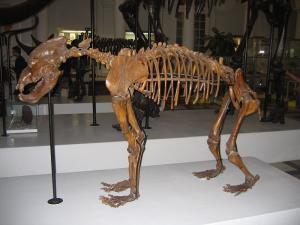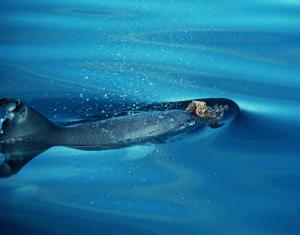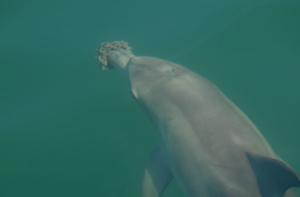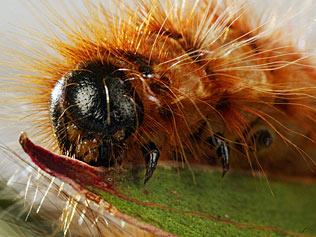
© Wikimedia CommonsSkeleton of extinct cave bear from Warsaw Museum.
Enormous cave bears, Ursus spelaeus, that once inhabited a large swathe of Europe, from Spain to the Urals, died out 27,800 years ago, around 13 millennia earlier than was previously believed, scientists have reported.
The new date coincides with a period of significant climate change, known as the Last Glacial Maximum, when a marked cooling in temperature resulted in the reduction or loss of vegetation forming the main component of the cave bears' diet.
In a study published in
Boreas, researchers suggest it was this deterioration in food supply that led to the extinction of the cave bear, one of a group of 'megafauna' - including woolly mammoth, woolly rhinoceros, giant deer and cave lion - to disappear during the last Ice Age.
They found no convincing evidence of human involvement in the disappearance of these bears. The team used both new data and existing records of radiocarbon dating on cave bear remains to construct their chronology for cave bear extinction.




